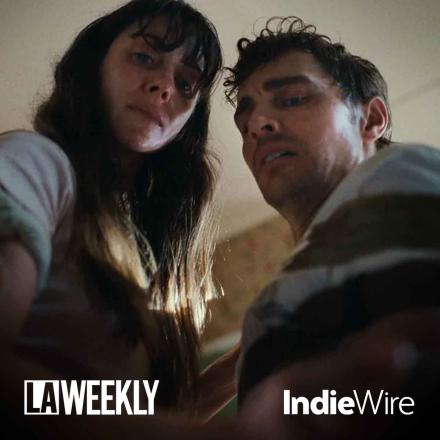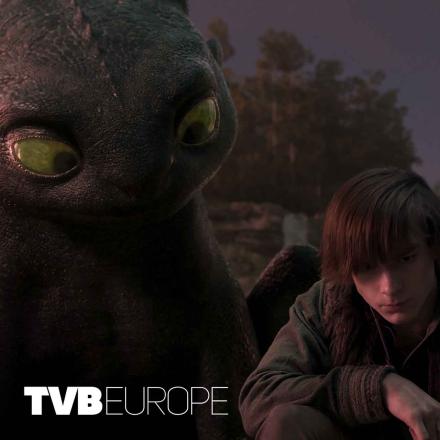Directing the Invisible Art
Characters are at the heart of all great stories and at Framestore we pride ourselves on crafting animated performances that engage audiences across genres. The directors we work with demand the same from these characters as they do from human actors: emotionally driven, captivating and authentic performances that just feel real.
In Directing the Invisible Art we sat down with six very different directors that have collaborated with the Framestore team. We asked them about their approach to marrying live-action worlds and on-set actors with the animated characters that inhabit them. From the importance of light, the search for a feeling to the significance of doing very little and why great is better than good, each tells us what it takes to bring characters like Paddington, the Wild Things, Rocket, Groot, Cosmo, Toothless, King Shark, the Hippogriff, Pooh, Piglet, Eeyore and Tigger to life.
At Framestore, we have immense admiration for the Directors with whom we work and would like to share a special thanks to Alfonso Cuarón, Dean DeBlois, James Gunn, Marc Forster, Paul King and Spike Jonze for giving their time to us. We’ve collaborated with each on the following projects:
- Guardians of the Galaxy Volumes 1, 2 & 3, Suicide Squad, Superman (2025 film) - James Gunn
- Where the Wild Things Are - Spike Jonze
- Gravity, Children of Men and Harry Potter and the Prisoner of Azkaban - Alfonso Cuarón
- Paddington 1 & 2, Wonka - Paul King
- How to Train Your Dragon (2025 film) - Dean DeBlois
- Christopher Robin - Marc Forster

James Gunn: Directing the Invisible Art
Director James Gunn has helped shift the needle for modern VFX, making fully-realised CG characters central to his storytelling.
A frequent Framestore collaborator, the director has entrusted characters like Rocket Raccoon, Groot, Cosmo, King Shark, Weasel and Rat Sebastian to our teams in London, Montreal and Mumbai. 2023’s Guardians of the Galaxy Vol. 3 took this trust further, making Rocket Raccoon the film’s de facto star and earning an Oscar nomination for Best Visual Effects along the way.
In this new film, he explores the ‘invisible art’ of VFX animation and what it takes to truly make a CG character a living, breathing member of a film’s cast.
“Having worked with countless VFX companies and countless VFX artists, they all have the same tools available to them,” he says of his experience. “The difference is in the people. It's the craftsmanship. It's the time and effort they put into it. Those are the things that make the difference.”
Gunn also highlights a level of performance and intuitiveness on the part of the best animators, and what they put of themselves into each character. “VFX artists are also actors,” he suggests. “They're just performing through a different medium.”
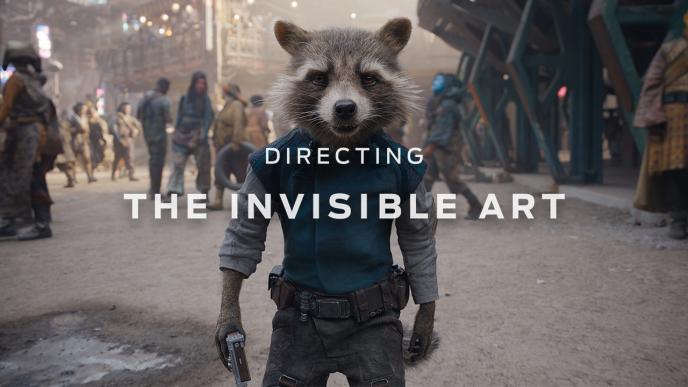
Spike Jonze: Directing the Invisible Art
Spike Jonze initially envisioned his adaptation of Maurice Sendak's classic children's book, Where the Wild Things Are, being brought to life by actors in suits with animatronic faces. When the animatronic heads were too heavy for the suit actors to wear he came to Framestore for the subtle, naturalistic facial performances of his Wild Things.
While much of his distinctive filmography - encompassing titles like Being John Malkovich and Adaptation - might not scream “VFX!” Where The Wild Things Are brought about a fundamental change in how the VFX industry approached animation.
A quiet, dream-like masterpiece built around mood and subtle performance, the 2009 film presented a challenging circle to square: how to combine nuanced animated facial performance with practical FX and the voice work of actors like James Gandolfini, Catherine O'Hara, and Forest Whitaker.
In this film, Jonze discusses what it takes to elevate animated performance, and how the film’s animators were an essential part of the creative process.
“Animators are embodying the character they're in. They're owning the character like the suit actor did or the voice actor did.
“They either bring something to life or they don't - it's either electric or it's flat.”
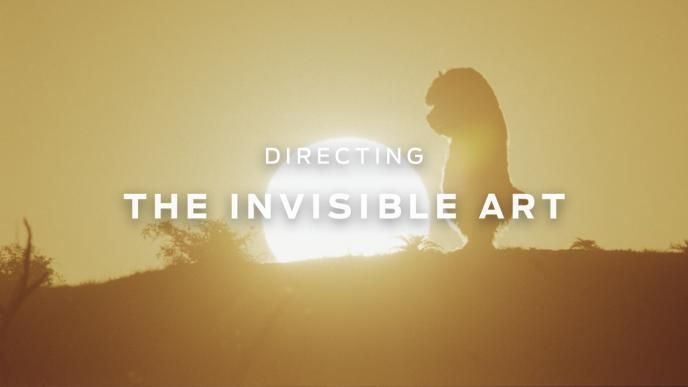
Alfonso Cuarón: Directing the Invisible Art
The invisible integration of visual effects is key for Alfonso Cuarón, a filmmaker who tends to direct films set in the real world. A director who seeks collaborators to find new ways to tell stories, Alfonso has worked with the Framestore team on “Harry Potter and the Prisoner of Azkaban”, “Children of Men” and the Oscar-winning “Gravity”.
“We aim as artists - animators, visual effects, directors and cinematographers - to create what has never been created. Like anything else in cinema, it’s all about imagination and finding new ways and that just comes from humans, from the animators.”
Alfonso Cuarón directs his animators with the same coaching he applies to his actors, focused on movement and intent. These conversations through a “ping pong of ideas” shaped the development of the Hippogriff in "Harry Potter and the Prisoner of Azkaban."
He also marvels at the unique bond between actor and animator in "Gravity," where Sandra Bullock and George Clooney’s performances were led by the animation itself in what is essentially an animated movie. Cuarón strives for "invisible" effects, seamlessly integrated, as exemplified by the groundbreaking CGI birth scene in "Children of Men," a complex delivery ahead of its time.
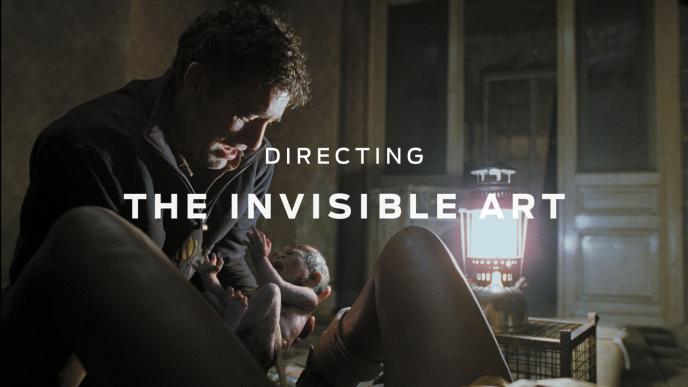
Paul King: Directing the Invisible Art
Framestore has had the privilege of collaborating with director Paul King on developing many beloved and slightly eccentric characters. From Paddington and Aunt Lucy in both “Paddington” and “Paddington 2”, to the Oompa Loompa, Abigail the Giraffe, Bullmastiff Tiddles and fluttery Flamingos of “Wonka”.
In this episode of Directing the Invisible Art interviews, Paul discusses the journey of "finding" Paddington, describing the explorations from initial drawings to the meticulous handcrafted animation that brings him to life through movement. He reveals the challenge of injecting the "heart of the scene" after the live-action shoot has wrapped, emphasizing that restraint is key to audiences falling in love with his character.
“You have to get the actors to interact with this creature when you are not always sure what it’s going to be doing or quite how it’s going to be moving later. It’s a real back-and-forth process because you can discover some things on set and you can try and figure out as much as you can but really once you get into the animation it’s all going to change again. The timing of the scene will change, the mood of the scene will change. Things that you thought you might have needed with a line of dialogue to express you discover you can express with a look, or a turn of the head or a gust of wind blowing through their fur. It’s a very labour-intensive and iterative process, you have to get everything in the scene as perfect as you can and especially with something like Paddington you have to put the heart of the scene in afterwards.”

